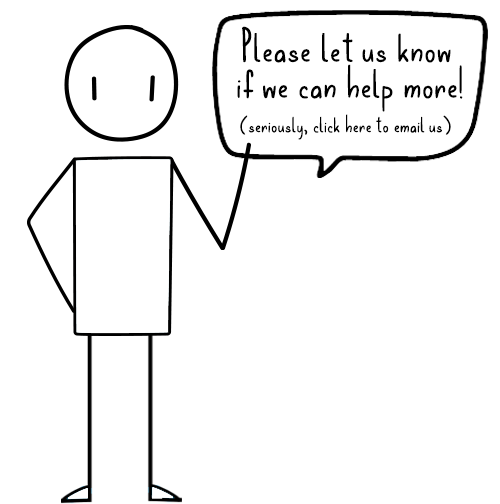Agile Remote Facilitation Infographic-EN
- Business Agility, Business Analyisis
- Infographic

Alfred Maeso Aztarain
Collaboration is one of the key elements in an organizational transformation to agility. Using a workshop or facilitated session is the most effective technique to achieve collaboration, consensus, and alignment between different viewpoints.
In agile environments, for example, we use facilitation regularly in daily stand ups, reviews, retrospectives, inception sessions, product ideation, backlog prioritization, etc.
However, in this period of COVID-19, many organizations have had to learn quickly to facilitate and collaborate in teams that are not face-to-face. The pandemic has accelerated the move towards remote work, which had already been growing in popularity over the past few years.
Our infographic below includes a summary of the techniques, tips, and learning objectives needed to run successful workshops, sessions, and meetings. We go into each of these areas in detail during our Facilitation for Distributed Agile Teams course.
The course is structured around the most important questions we should ask: Why? Who? What? and How?
Why?
There are many benefits derived from working and collaborating remotely. In a post-COVID world, many companies are likely going to be more geographically distributed or global in scope. Our ways of working will be changed permanently, in your company and within your customers’ companies. It is important to recognize this and make good remote facilitation essential. However, there are also several obstacles and challenges to overcome when communicating in a remote environment that aren’t apparent in a face-to-face meeting:
- Technology can be unpredictable.
- It is difficult to track meeting progress.
- It’s easy to lose track of who is attending.
- Participants engage differently.
- It is challenging to get feedback from participants.
- It can be hard to develop group cohesion.
- Consensus building is more difficult.
- Communication channels need to be managed.
Who?
There are always three crucial roles in a workshop:
- Owner or sponsor: has a specific goal or need that the workshop can fulfill, with the ultimate objective of delivering value.
- Participants: build the results of the workshop based on the goal.
- Facilitator: guarantees the process is carried out in the most efficient and effective way possible.
What?
The process of facilitation is structured in three main phases, which are performed iteratively. This puts special focus on the preparation and design of a remote session, and more so in a remote environment than a live one.
- The first phase is the feasibility analysis of the session. Is the facilitation session the best way to achieve the desired result? For this, we evaluate the need or needs, potential participants, and risks (technological or engagement, for example). We must also consider the adequacy of the session, including the size of the group, whether we need synchronous or asynchronous interaction, and what type of work needs to be done (there are things that are done better in a group: prioritize, make decisions, generate ideas, etc.).
- The second is the planning and design of the session, where we define the expected results, the activities necessary to achieve them, and the timing of the session, as well as any backups that we will have ready in case of problems (mainly technical).
- Finally, the third phase is to carry out the session. As facilitators, we have to know how to create a safe and productive environment among the participants (the SCARF model helps us achieve this), and apply reactive facilitation (adapting flexibly to what is happening).
How?
What are the primary techniques we need to apply in a workshop (brainstorming, visualization, and consensus building)? This includes a list of tools needed as well as the main aspects to consider when deciding between tools.
Agile Remote Facilitation Infographic
We put together this infographic to illustrate these key points of agile remote facilitation.

Thank you!
— Alfred
For more on each of these areas, see my colleague Alonso’s article, How to Conduct Productive Virtual Team Facilitation Sessions. Also, please let us know if we can help your team(s) master agile remote facilitation!
Sobre el autor



